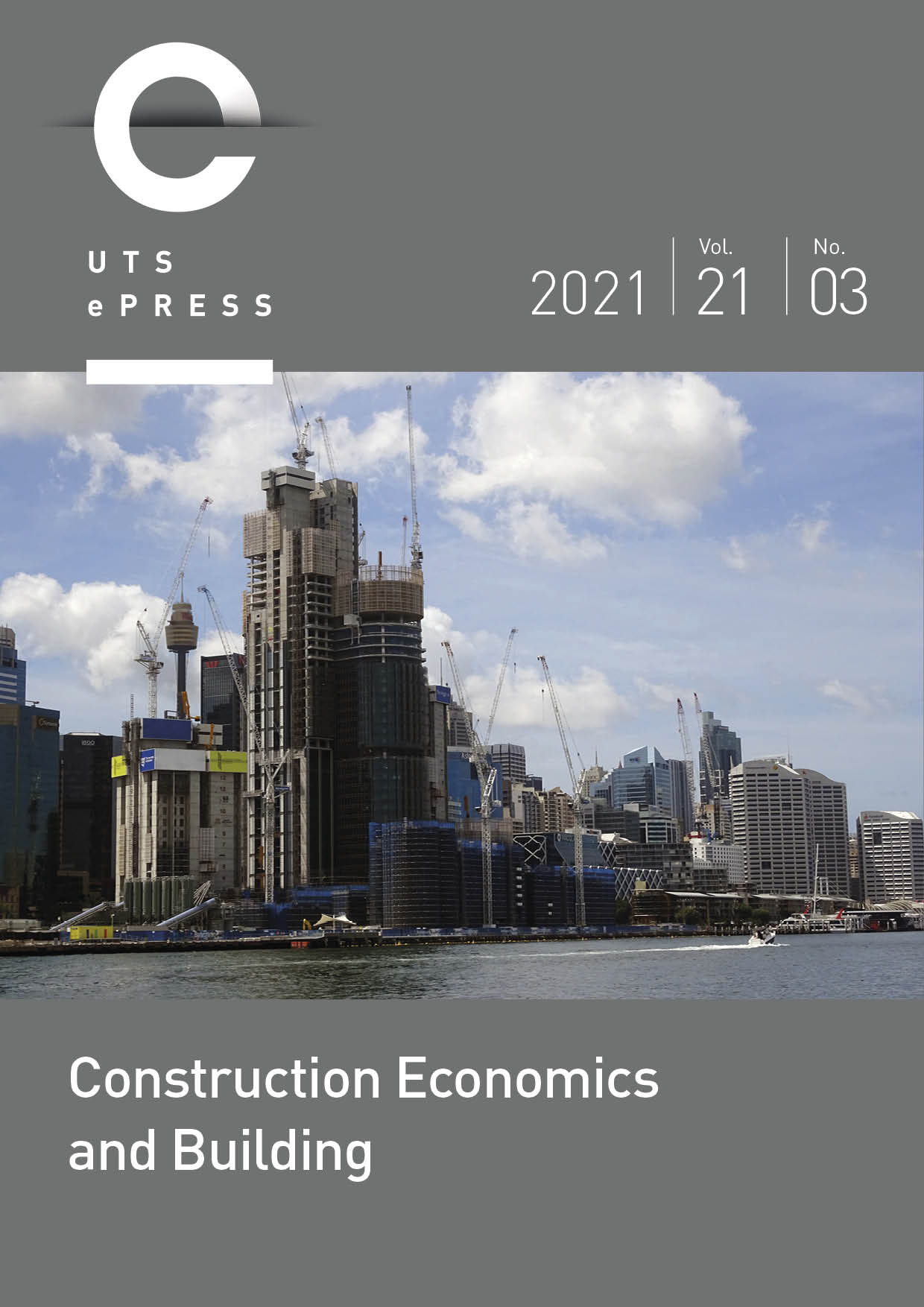Development of Lean Approaching Sustainability Tools (LAST) Matrix for Achieving Integrated Lean and Sustainable Construction
Main Article Content
Abstract
Challenges exist across the three dimensions of construction sustainability (economic; social and environmental) due to low productivity, waste, safety, and environmental hazards attributed to existing construction management practices. Lean construction (LC) has been widely accepted as a robust philosophy to enable sustainable construction (SC) practices. However, the existing literature is more inclined toward defining the integration between LC and sustainability through LC practices and techniques. Little research tackles the challenges of achieving sustainable goals within the current practices. Therefore, this paper aims to present a strategy that can help the construction industry overcome the challenges of SC in the traditional construction management practice by using LC. The challenges of SC are identified through a systematic literature review approach with metadata analysis. Compared with LC principles, tools and techniques, the strategy focused on identifying (1) the power and potential of LC principles and (2) the best LC practices/techniques that help in overcoming these SC challenges. The study results showed 20 out of 32 challenges identified can be overcome by using LC integrated with SC. Finally, a Lean Approaching Sustainability Tools (LAST) matrix is developed to provide guidelines to the construction stakeholders for the selection of LC practices/tools/techniques in overcoming the top 15 most important challenges.
Article Details
Section
Authors who publish with this journal agree to the following terms:
a) Authors retain copyright and grant the journal right of first publication with the work simultaneously licensed under a Creative Commons Attribution License that allows others to share and adapt the work with an acknowledgement of the work's authorship and initial publication in this journal.
b) Authors are able to enter into separate, additional contractual arrangements for the non-exclusive distribution of the journal's published version of the work (e.g., post it to an institutional repository or publish it in a book), with an acknowledgement of its initial publication in this journal.
c) Authors are permitted and encouraged to post their work online (e.g., in institutional repositories or on their website) prior to and during the submission process, as it can lead to productive exchanges, as well as earlier and greater citation of published work (See The Open Access Citation Advantage Service). Where authors include such a work in an institutional repository or on their website (ie. a copy of a work which has been published in a UTS ePRESS journal, or a pre-print or post-print version of that work), we request that they include a statement that acknowledges the UTS ePRESS publication including the name of the journal, the volume number and a web-link to the journal item.
d) Authors should be aware that the Creative Commons Attribution (CC-BY) License permits readers to share (copy and redistribute the work in any medium or format) and adapt (remix, transform, and build upon the work) for any purpose, even commercially, provided they also give appropriate credit to the work, provide a link to the license, and indicate if changes were made. They may do these things in any reasonable manner, but not in any way that suggests you or your publisher endorses their use.
